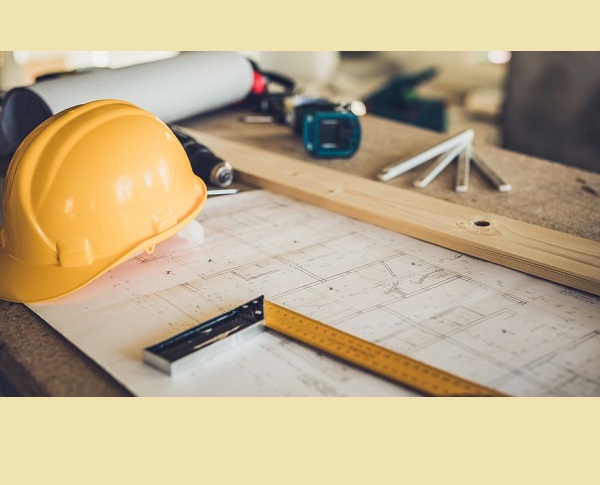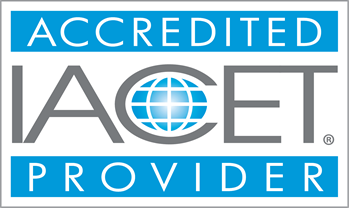Price: $39.99
OSHA Competent Person Training- Fall Protection
The OSHA competent person training for fall protection is an advanced-level course designed especially for those working in the construction sector seeking certification in accordance with OSHA standards and regulations. This course enables the participants to recognize fall hazards, evaluate risks, and implement efficient fall protection strategies in accordance with OSHA regulations, ensuring workplace safety for everyone at the construction site by taking preventive measures.
Course Modules - (26)
Falls are one of the most common causes of fatalities in
the construction sector. Statistics show that one-third of all deaths in the
construction sector are related to falls. Fall protection is essential for
keeping a worksite safe and avoiding falls that could cause fatalities or major
injuries. To ensure that the worksite is safe for employees and that safety
protocols are being followed, OSHA has made it compulsory for a competent
person to be present at the job site.
Now, the question is, who is a competent person? Well, the answer is quite simple. An OSHA competent person is someone with sufficient knowledge and experience to swiftly identify and monitor fall risks at work. They also have the authority to take immediate action to remove the hazards.
Who Should Enroll in Fall Protection Competent Person Training?
People can enroll in the OSHA fall protection training for
personal career exploration purposes or to fulfill employer or regulatory needs.
If you are a manager, supervisor, or employee who is required to work on
elevated workstations or overhead platforms (like ladders, scaffolding, or
roofs), you should receive sufficient safety training to ensure workplace
safety when performing duties at heights.
Learning Outcomes:
- i. Trainees will become generally familiar terms associated with falls in construction
- ii. Trainees will be able to recognize avoid and prevent falls hazards from causing harm.
- iii. Trainees should become aware of regulatory safety requirements associated with falls, including OSHA’s Subpart M.
- iv. Trainees will learn how to make informed decisions when working at heights.
Completion Requirements:
- 100% appearance for the course
- Fully involvement in all class trainings (determined by instructor)
- Completion of Continuing Education and Training Registration Form
- Completion of mandatory quiz assessments
- As applicable, attainment of least passing score on required end-of-course examination
- Participation and submittal of end-of-course assessment form (must provide name on form to obtain credit)
How Does OSHA Competent Person Fall Protection Training Benefit Participants?
This safety training will
teach you more than the basic stuff you learn in beginner classes. It will
focus on the details you need to know to take care of yourself and make sure
the place you work is safe for everyone you might be in charge of. At the end
of the training, you will be capable of:
●
Identifying potential risks of injury or death
due to falling.
●
Understanding how to choose and use suitable
fall protection systems, such as safety nets, harnesses, guardrails, etc.
●
Inspecting and maintaining the systems to
ensure they operate as intended. In this way, there will be little chance of
injury left.
●
Educating co-workers or employees on fall
protection.
So, what are you waiting
for? Get enrolled in the OSHA competent person training for fall protection
today to equip yourself with the knowledge of life-saving fall protection
systems and create a healthy and safe environment for your colleagues.


